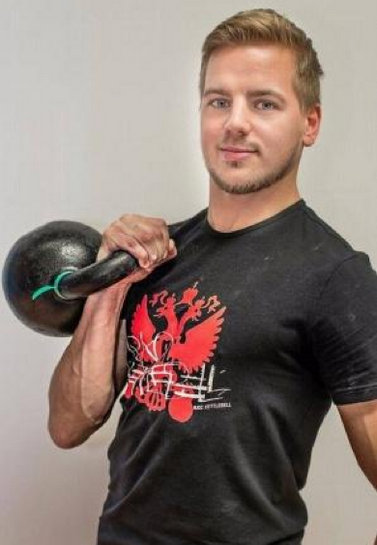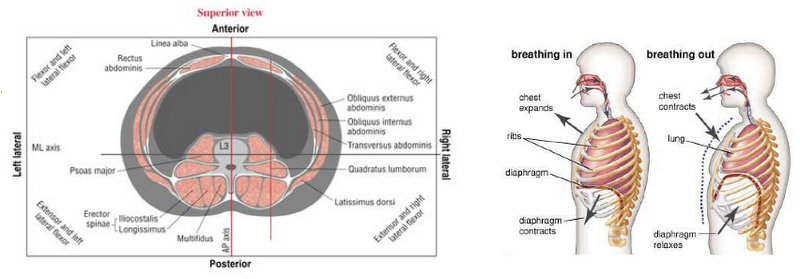
For power sport athletes, jump and sprint performance are key factors for enhancing sports performance on the field. The ability to generate power has a significant effect on the athlete’s ability to perform in their respective sport (Komi, 2008). Besides mobility, and strength and conditioning work, an athletic training program should also include specific exercises for power. Since every athlete is different there is no “one-fits-all” exercise for power training. The main aspects to consider when planning a power training regimen are safety, practicability, and compliance of the athlete.
Power output in sprinting and jumping is higher if full extension is achieved at the ankle, knee and hip joint. For example, ankle plantarflexion accounts for more than 20% of vertical jump height and consequently is a key factor for maximizing power in jumping (Hubley & Wells 1983; Luthanen & Komi, 1983). Likewise, McKinley & Pedotti (1992) also showed a higher degree of plantarflexion in jump-trained individuals compared to novices. Based on these findings, a power exercise for athletes in most team sports should mimic the triple extension for best transfer effects.
The regular kettlebell swing is a relatively simple power exercise that focuses on achieving full hip and knee joint extension in a dynamic fashion. Therefore, it only targets two of the three major joints that contribute to power generation in jumping motions (Hubley & Wells 1983; Luthanen & Komi, 1983). Other studies have confirmed that jump height and power can be improved by implementing kettlebell swings in the training program (Lake & Lauder, 2012; Otto et al., 2012; Mannocchia et al., 2013; Jay et al. 2012). Despite these benefits, the regular swing does not include ankle plantarflexion and may therefore (if used excessively) negatively affect jumping mechanics by neglecting a powerful contributor. A simple solution for this is the so-called Triple Extension Swing, which also includes ankle plantarflexion.
If your regular kettlebell swing technique is solid and you are looking to improve your vertical jump, try performing the following swing variation: Move up on your toes after the extension of the hip and knee has been initiated and finish the movement with all three joints extended as pictured below. You will immediately see and feel a higher float of the kettlebell. Start with light weights, safety first.
Warning:
This advanced swing variation is not be appropriate for beginner or less experienced intermediate levels. Only attempt the triple extension swing after demonstrating proficiency with the standard RKC swing. Moving up to the toes with the triple extension swing carries the risks of losing control of the kettlebell, being pulled forward, not fully engaging the glutes, overall loss of stability, incomplete grounding, and not safely loading on the backswing.
Literature
Hubley & Wells (1983). A work-energy approach to determine individual joint contributions to vertical jump performance. European journal of applied physiology and occupational physiology. 50 (2), 247–254.
Jay et al. (2012). Effects of kettlebell training on postural coordination and jump performance: a randomized controlled trial. J Strength Cond Res. 2013 May; 27(5):1202-9.
Komi (2008). Strength and Power in Sport. Volume III of the encyclopedia of sports medicine.
Lake & Lauder (2012). Kettlebell swing training improves maximal and explosive strength. J Strength Cond Res. 2012 Aug; 26(8):2228-33.
Luhtanen & Komi (1978). Segmental contribution to forces in vertical jump. European journal of applied physiology and occupational physiology. 38 (3), 181–188.
Manocchia et al. (2013). Transference of kettlebell training to strength, power, and endurance. J Strength Cond Res. 2013 Feb; 27(2):477-84.
McKinley & Pedotti (1992). Motor strategies in landing from a jump: the role of skill in task execution. Experimental Brain Research. 90 (2), 427–440.
Otto et al. (2012). Effects of weightlifting vs. kettlebell training on vertical jump, strength, and body composition. J Strength Cond Res. 2012 May; 26(5):1199-202.
***
Felix Sempf, PhD Candidate, M.A. Sportscience, RKC, trains and instructs at the FIZ in Göttingen, Germany. He can be contacted by email at: felix.sempf@sport.uni-goettingen.de and his website: http://www.kettlebellperformance.de


